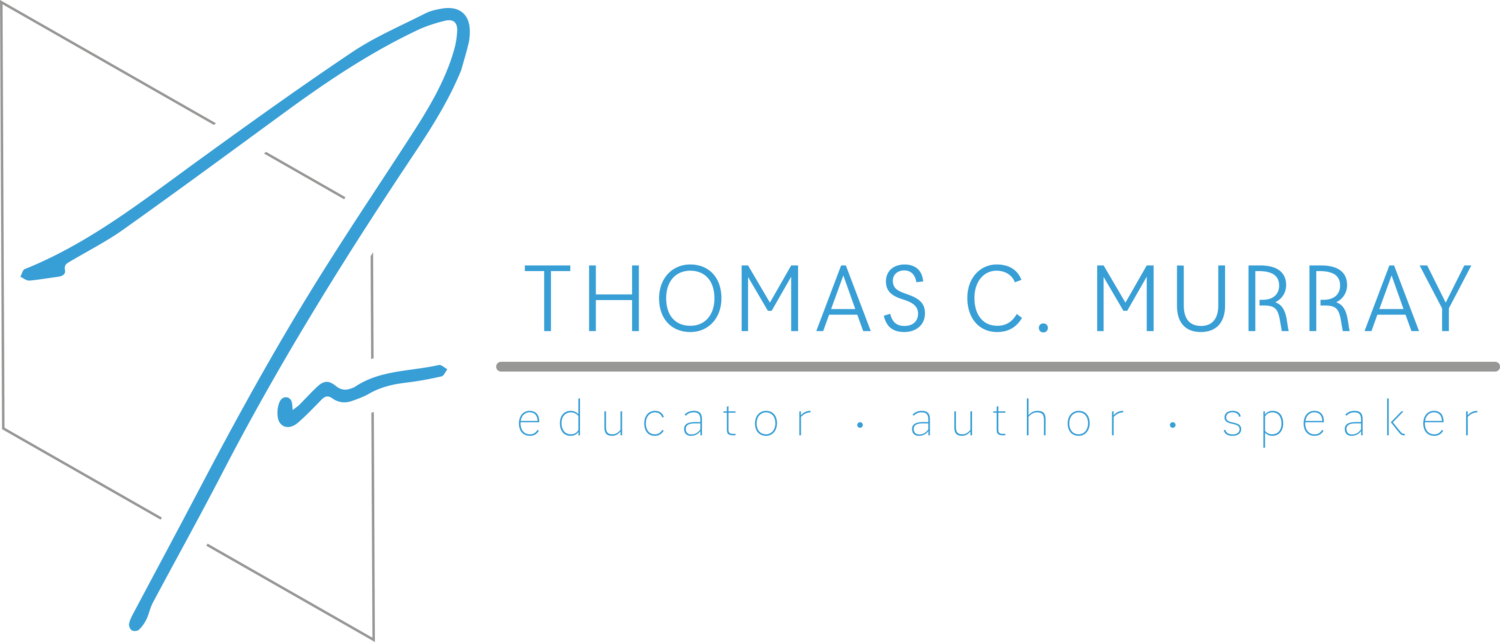6 Ways to Build Culture When Leading a Digital Conversion
This post originally appeared on futureready.org.
The shift to Future Ready Schools with blended and digital learning is dramatically changing the role of the school leader and requires focused attention on the critical importance of school culture in a successful transition. Recently, I had the opportunity to sit down with Stacey Wang, the Director of Personalized Learning for the Oakland Unified School District (CA), and Lynn Ochs, Senior Program Director at Mayerson Academy and facilitator with the Ohio Blended Learning Network, to discuss ways to build culture while transitioning to a digitally-enhanced, personalized approach to learning. Both Stacey and Lynn are recent facilitators of the Friday Institute’s Leadership in Blended and Digital Learning Program, where they they worked with a national cohort of school leaders that implemented blended and digital learning in their schools.
The webinar with Stacey and Lynn is available here:
The webinar, which covered a lot of ground in a short time period, caused me to reflect on the impact of school culture on a digital learning conversion. Many of the recommendations in the webinar perfectly align with the various gears of the Future Ready Framework, both of which are shared below:
The Need for a Clear Vision- As referred to in the webinar, Knoster’s Model helps display the state of confusion that can occur when a clear vision is not evident. School leaders looking to lead complex change, must clearly define and articulate the vision in order for a team to get behind it. Such leadership is foundational to creating Future Ready Schools. (Gear: Collaborative Leadership)
The Need to Make Instruction More Personal for Students - The teacher-centric, industrial-age model of classroom instruction will not prepare tomorrow’s students for a world of work where automation and robots have removed many of today’s traditional, low-paying, low-skilled jobs. Tomorrow’s workers must be able to problem solve, collaborate, and think creatively. Simply put, a one-size-fits-all approach to instruction doesn’t create the needed learning opportunities for tomorrow’s workers. For our students’ future success, teachers must utilize high quality pedagogy, accelerated by technology, to unleash the needed skills. (Gear: Curriculum, Instruction, and Assessment)
Making Professional Learning Personal - School leaders embarking on a digital learning implementation must move from a top-down, hours-based, sit and get model of professional learning to one that’s relevant, engaging, and personal. If we are to expect our teachers to implement a more personalized approach, we too must model such practices and create a more personal approach to professional learning. Anything else is hypocritical. (Gear: Personalized Professional Learning)
Engaging the Community- Quite often schools don’t take advantage of available community resources. In the webinar, Stacey shared the city-wide approach to blended learning in Oakland (CA) and the many community resources they utilize to help move instruction forward in their schools. Granted, every community is unique with each having a different set of resources. Regardless of the availability of resources in your community, engagement is key! (Gear: Community Partnerships)
A Shift in Pedagogy Requires a Shift in Spaces- If school leaders expect instructional pedagogy to shift, the space for instruction - the learning space - must also shift. Shifting instructional practices requires shifting spaces. No longer is the desks-in-rows, easy-to-clean set-up relevant for a personal approach to learning. If we expect collaborative work focused on higher-order thinking skills and problem solving, the learning space must reflect the desired pedagogy. (Gear: Use of Space and Time)
Focus on Relationships - In order to create a “fail forward” mindset, school leaders must work diligently to foster a culture of innovation. Such school cultures are built on trust, have high expectations for all, and are places where leaders model desired expectations. School leaders can have the greatest intentions or planned initiatives, but in a toxic culture, success will not be realized. Building dynamic relationships helps transform culture, laying the foundation for instructional shifts to occur.
As districts work to develop systemic plans for transformation, from visioning and goal setting, to measuring progress, we encourage school leaders to take advantage of the Future Ready Dashboard, a free planning tool with self-assessments that help identify gaps and strategies, as well scores and customized feedback to support your district’s transition moving forward. Our students need, and deserve, our very best.
All for the kids we serve,

Thomas C. Murray
Director of Innovation, Future Ready Schools

